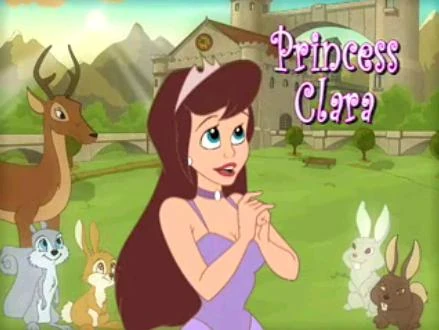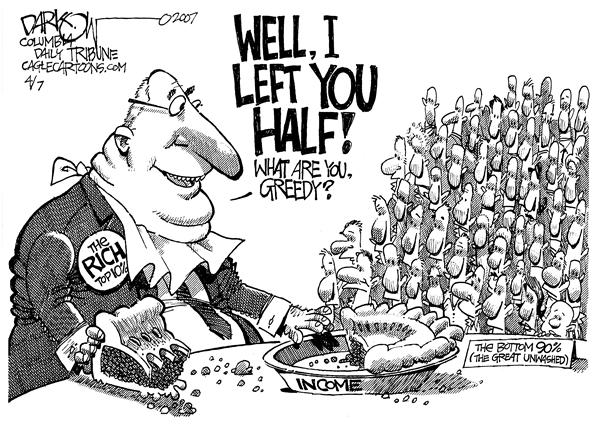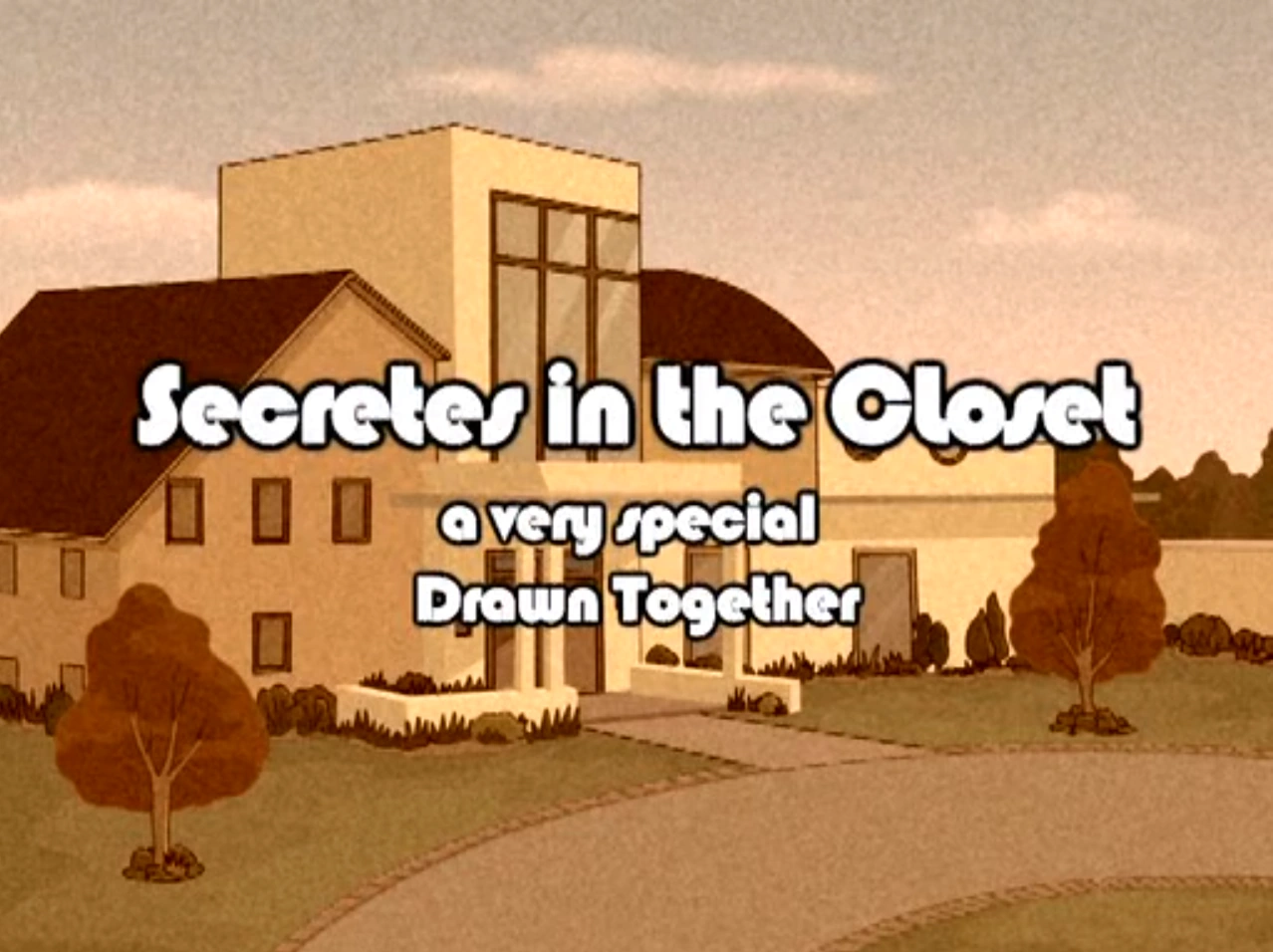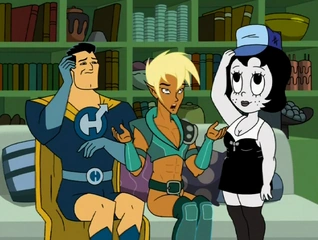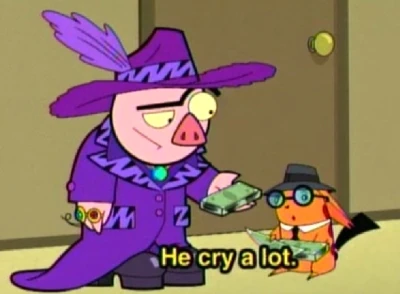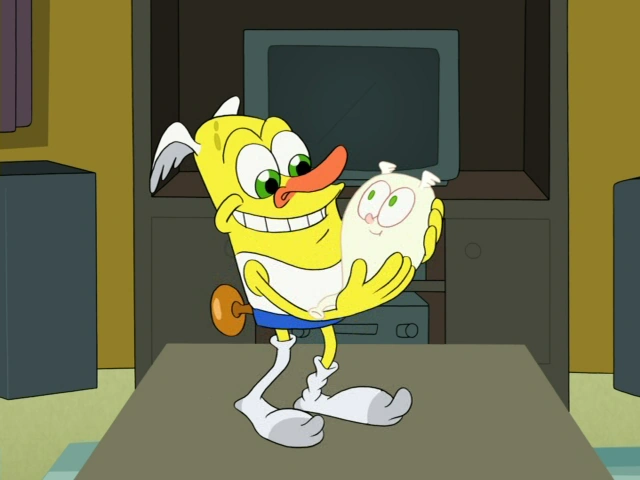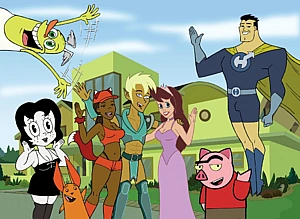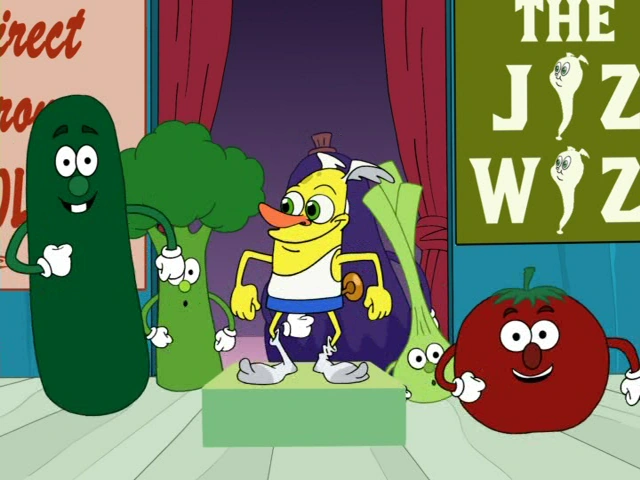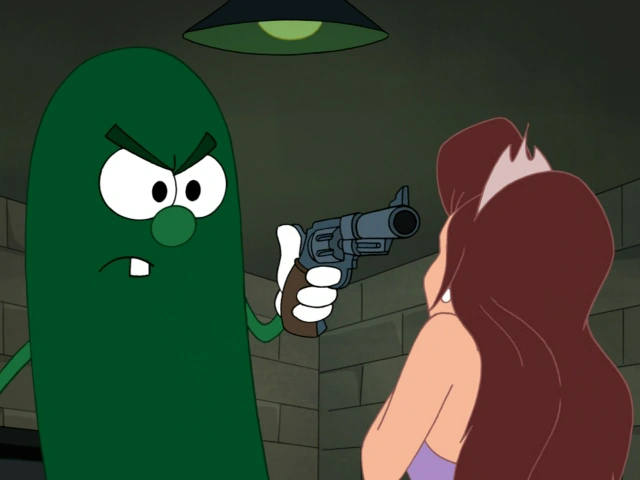There are a lot of legitimate criticisms of feminism, ranging from how it primarily benefits white, middle to upper class white women to its use of the term “rape culture.” However, there are a lot of lamer and less effective arguments that people keep using. These five are the arguments I’ve come across the most while on the internet. Are they strawmen? A little, but most of these arguments have actually been used, sometimes verbatim.
#1- You should call yourselves “egalitarians,” not “feminists.”
The Claim: If feminism really wanted equality for the sexes, they wouldn’t called themselves “feminists,” as it implies favoritism towards women. It should be called “egalitarianism,” which means equality for all.
Why It’s Bunk: First, this argument ignores the history behind feminism. For thousand of years, women were the oppressed class. They were denied many of the rights their male counterparts had for little reason other their gender. Even today, there are inequalities between men and women, with the man almost always having the edge. Feminism’s name implies favoritism towards women because nine times out of ten, they were the ones in really need of equality, and still are.
Second, this argument is a lazy way to paint those fighting sexism as sexist themselves in a similar manner of calling those who support Black Lives Matters for being racist for not saying “all lives matter.” Yes, feminism focuses almost entirely on women, but that’s because on a basis of gender, women get the short end of the stick. To claim feminists are being sexist because they are focusing on the inequalities faced by women is akin to saying the civil rights movements of the 60s were racist because they focused on the inequalities faced by blacks. Saying that those who want to see an equality for the sexes should call themselves something different for the sake of fairness ignores both the situation of women and feminism, past and present.
Third, it insinuates that if you identify as a feminist, you can’t identify as anything else. The main idea behind wanting to call yourself “egalitarian” but not “feminist” is that doing so opens yourself to want equality for all, not just for women. This is a faulty idea because supporting feminism in no ways bars you from supporting other movements as well. You can be a feminist, but you can still identify with groups that support gay rights, minority rights, and others. Social justice is not a rigid class system where you can only be one class at a time; it’s more like a skill tree. You can invest in as many branches as you see fit, but you are free to invest more in certain paths.
Finally, and most importantly, it’s arguing semantics so that people who don’t like feminism can still claim to be progressive.
#2- “My issue is not with feminism, but with modern feminism”
The Claim: The first two waves of feminism are fine, as they wanted equality and were civil. Modern feminism, on the other hand, wants superiority over men and are actively unpleasant.
Why It’s Bunk: This claim has two major problems. The first is that the first two waves of feminism had their less savory wings as well. Both had figures who advocated for more extreme goals and methods for achieving them. Obviously, the only ones who truly achieved their goals where the more moderate ones, but those extremists still existed. Feminist with extreme goals are not new to the current wave like people insinuate with the term “modern feminism.” Like any -ism, the movement had its share of fringe members, past and present.
Second, it takes a few extreme, vocal samplings of feminism to paint the entire movement. Thanks to the internet, it's easy for a person on the fringe to project their views and goals, but the fact is that no matter how loudly they speak, they aren’t the majority. Painting an entire movement based on its fringe is dishonest at best, and ignores that it’s a minority, not a majority. It’s like me going to Infowars and claiming that all Republican voters are conspiracy theorists, or judging all adult men by the works of Daryush Valizadeh (better known as Roosh V) or Paul Elam. All -isms and movements have their less savory members, and it is ignorant and even dishonest to act as if the fringe represents the norm.
#3- “Feminism is not necessary in today’s society.”
The Claim: Equality between men and women has been achieved, which makes feminism unnecessary. If anything, the major talking points of today’s feminism are either false or overblown.
Why It’s Bunk: Equality between men and women in the western world may have been achieved legally, but there’s a difference between what the law says and if it’s being implemented properly or even followed. For example, it may be legal to get an abortion in the United States, but lawmakers are finding new ways to restrict access to them to the extent where an abortion is not a viable option. Just because the law says people are equal doesn’t mean they are equal, and women in the west are still not totally equal. Women may not face the major obstacles the first and second wave of feminism do, but they still face sexism and discrimination. Injustice, no matter how small, is still injustice, and it must be fought. There will one day be a day where feminism is unnecessary, but that day will also be the day that both men and women are truly equal.
And the insistent claim that the gender pay gap and campus rape are myths are false. The statistics might be overblown, but they still exist. Just because you don’t want something to be true doesn’t mean it’s not true.
#4- “If feminists wanted to help, they’d go somewhere else.”
The Claim: If feminists were truly concerned about equality between the sexes, they’d go somewhere like the Middle East or Africa, where women actually face sexism. But since they don’t, they don’t actually care about sexism.
Why It’s Bunk: This is a spectacularly disingenuous argument for several reasons. First, it is ignorant (or even ignores) of the fact that there are already feminists in places like Saudi Arabia and Africa. They are just fighting for a very different version of feminism; one that is often within the cultural borders of their society. Feminists in the Middle East, for example, are fighting for equality for women within the parameters of the Qoran. It also ignores the thousands of dollars raised by western feminists to aid feminists abroad.
It’s also disingenuous because it ignores that western feminists would be of little actual use in those environments. Let’s say a western feminist took the criticism seriously and went to help in a country like Iran. She wouldn’t know the language the Iranians speak, so she couldn’t communicate with the native citizens. She wouldn’t know the culture or customs, so she’d wouldn't be able to apply her views proficiently. And most importantly, she’d probably be killed or imprisoned by groups who don’t want women to advance. This whole argument is like saying to a man who wants to do something about black-on-black violence, “well if you’re so concerned, why don’t you go to Somalia?” It sounds ridiculous in that scenario because it is ridiculous.
Finally, it’s a lazy way to handwave any actual problems a feminist may be trying to address. Yes, the injustices faced by women abroad is worse than in the west, but that doesn’t mean that we shouldn’t have people over here fighting injustices that still persist.
#5- Men have it just as hard, if not harder, so you should stop complaining.
The Claim: Men face problems in today’s society too, and in some cases, they have it worse than women, so women should stop complaining that they face sexism.
Why It’s Bunk: Whenever this argument comes up, it’s usually accompanied by a long list of grievances faced by men that somehow proves that women have it easy and should stop complaining. They usually include things like higher suicide rates, higher incarceration rates, higher rates of homelessness, and higher combat fatalities. Really, this entire entry can be about this particular brand of argument, but I’ll keep it brief.
First there’s addressing the higher combat fatality rates. For most of recorded history, women were not allowed to joined armed forces because they were viewed as weak and would therefore be a liability on the battlefield. So when people complain about things like the draft being unfair and how women have it easy because of it, remember that it was made by other men with an exclusionary spirit.
The other three complaints I listed miss the point of a movement like feminism, as in it is meant to fight institutional sexism, not only just problems women face. Very few grievances listed by people who insist men have it just as hard if not harder than women are not institutional, as in it does not happen to men solely because they are men. There are a myriad of reasons one might be homeless or commit suicide, but gender is rarely, if ever, the sole cause. It also ignores the fact that men have many privileges women don’t, and hold most of the highest positions in the world because of the misfortune of some.
Really, the main reason many people bring up this argument is not to showcase the suffering of men; it’s used to get people who identify about feminists to shut up. It’s a tactic to shut down the conversation. There are reasonable ways to ask, “but what about the men,” and not automatically get death glares. However, if you’re using it to get feminist to shut up, or make them look like hypocrites for not addressing something that’s out of their power, then you’re not actually adding to the conversation. You’re just being a jerk.
